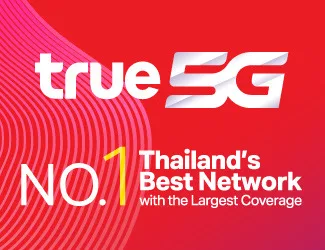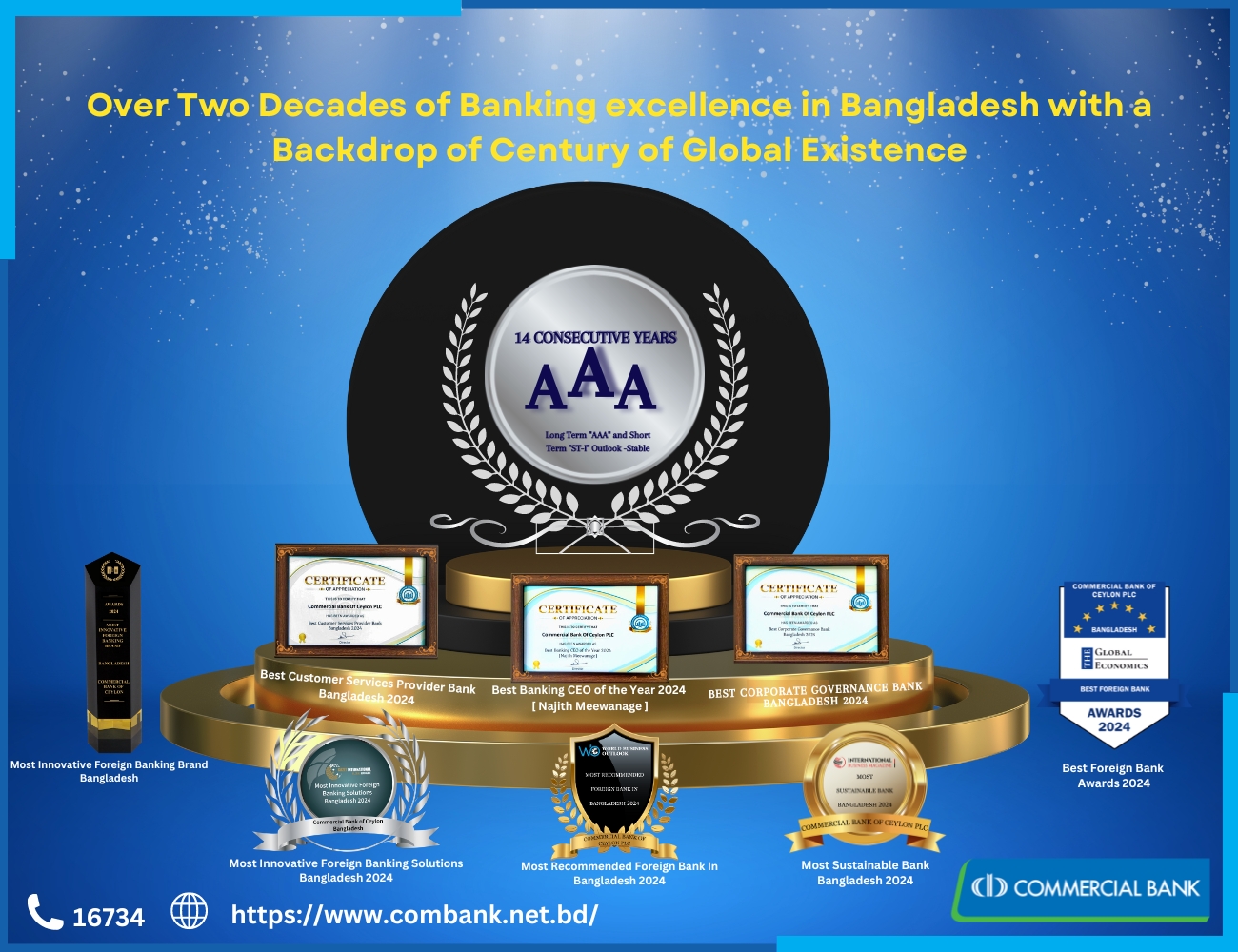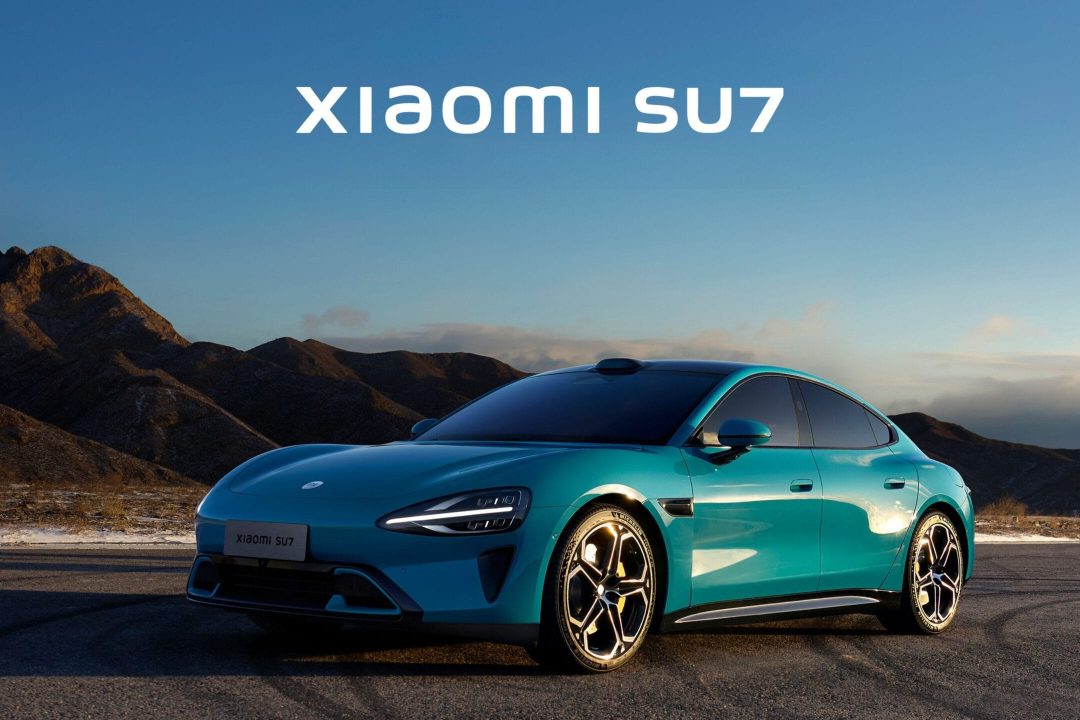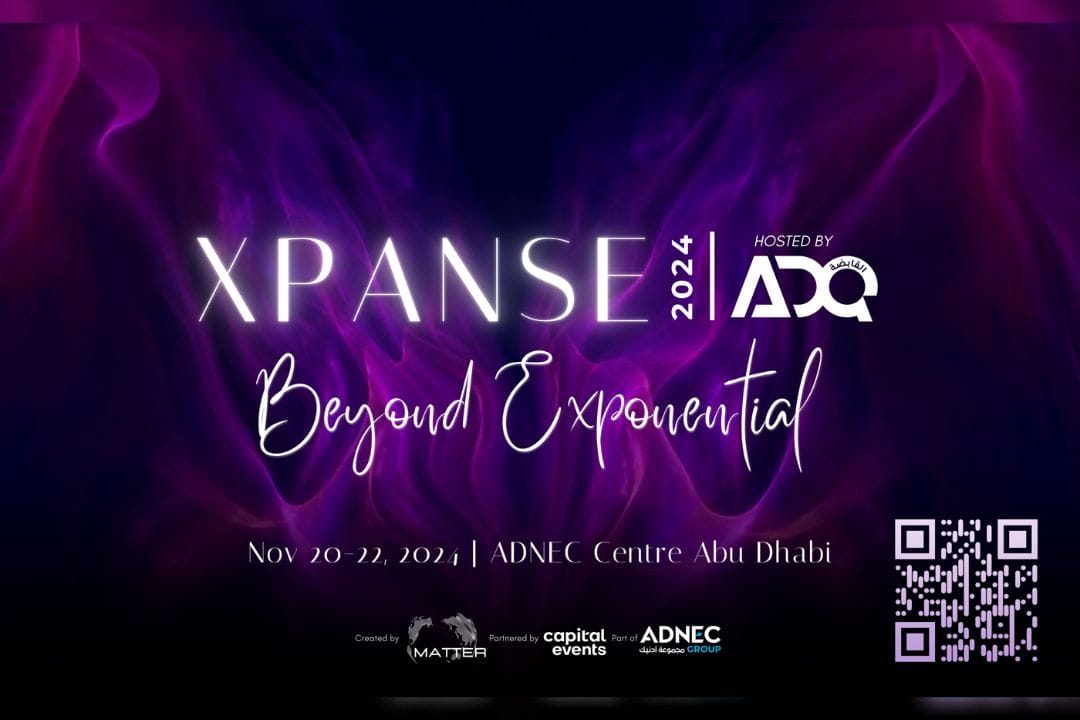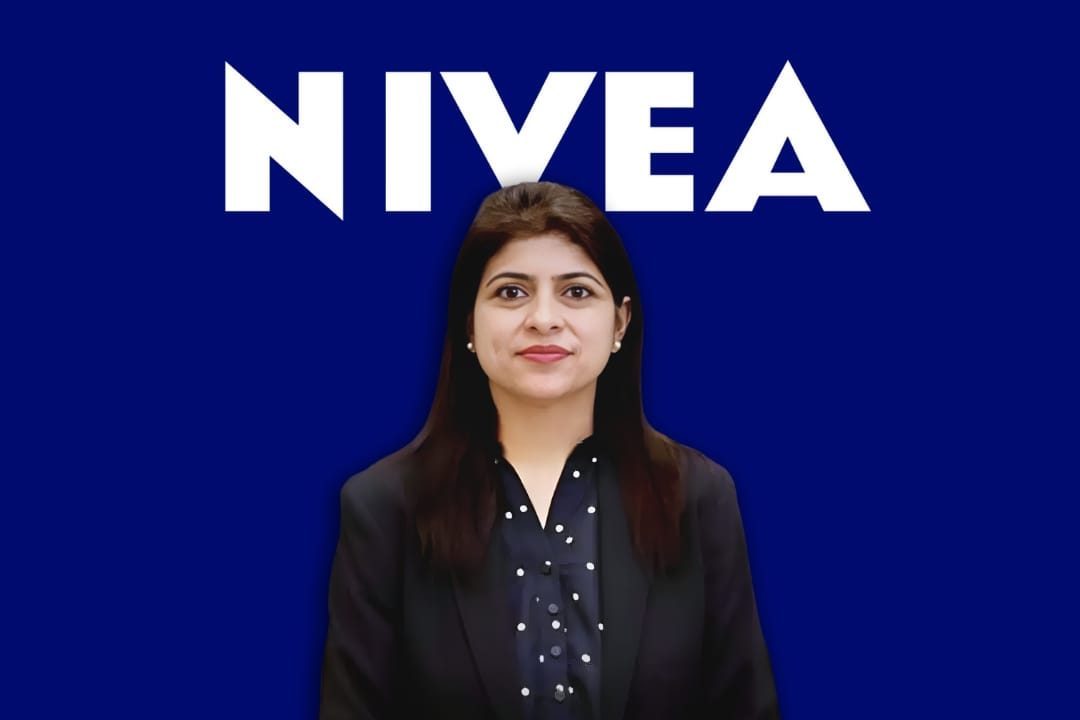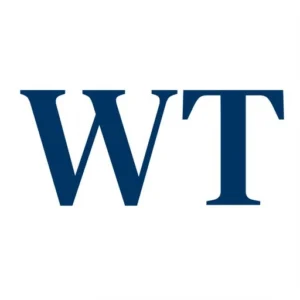
In celebration of the 10-year anniversary of the International Day of Women and Girls in Science, UNESCO has launched the visionary campaign “Imagine a World with More Women in Science” on 11 February 2025. This trailblazing initiative, supported by Canada’s International Development Centre (IDRC), underscores the irreplaceable role women play in propelling scientific progress. It is a clarion call to the global community—not just to dream of a more gender-balanced scientific arena but to actively forge it, ensuring every voice resonates in the scientific discourse.
“Imagining a world with more women in science is not merely an aspiration; it’s a rallying cry for action. Under the International Decade of Sciences for Sustainable Development (2024–2033), we strive to create solutions that leave no one behind,” said Lidia Brito, Assistant Director-General for Natural Sciences, UNESCO.
Building on the momentum from the UNESCO Call to Action Closing the Gender Gap in Science, unveiled during the 2024 celebration, this campaign showcases the transformative power of diverse perspectives in driving advancements across science, technology, medicine, artificial intelligence, and beyond. Using the hashtag #EveryVoiceInScience, the campaign paints a vivid picture of a more inclusive scientific world.
The persistent gender gap in Science
Despite significant progress, women constitute only one-third of the global scientific community, a figure that has stagnated over the past decade. In certain nations, the percentage of female researchers plummets to below 10%. According to the 2024 UNESCO report “Changing the Equation: Securing STEM Futures for Women,” women hold a mere 22% of STEM jobs in G20 countries. Leadership positions in STEM fields remain elusive, with women occupying just one in ten such roles.
These disparities have tangible consequences. Missed opportunities for innovation, unaddressed biases, and solutions that fail to cater to the diverse needs of society are just the beginning. For instance, the underrepresentation of women in AI development leads to technologies that are less effective at recognizing women’s voices. The campaign sheds light on numerous such examples, highlighting the critical need for more women in STEM.
Shaping a vision with #EveryVoiceInScience
UNESCO’s campaign is built upon the insights gathered from a global survey conducted among its scientific community, garnering over 700 responses from various disciplines. Participants were asked how their fields would differ if more women were involved in science. Their responses envisioned a future of more inclusive research, heightened creativity and innovation, enhanced ethical standards, a more human-centered approach, better working conditions, and inspirational role models. These voices from the heart of the campaign’s message: #EveryVoiceInScience deserves to be heard.
As we stand on the threshold of a new era, this campaign is not just a beacon of hope but a powerful call to action. Imagine a world where every voice in science is heard and valued—a world where gender balance paves the way for unparalleled advancements and a brighter, more inclusive future for all.



